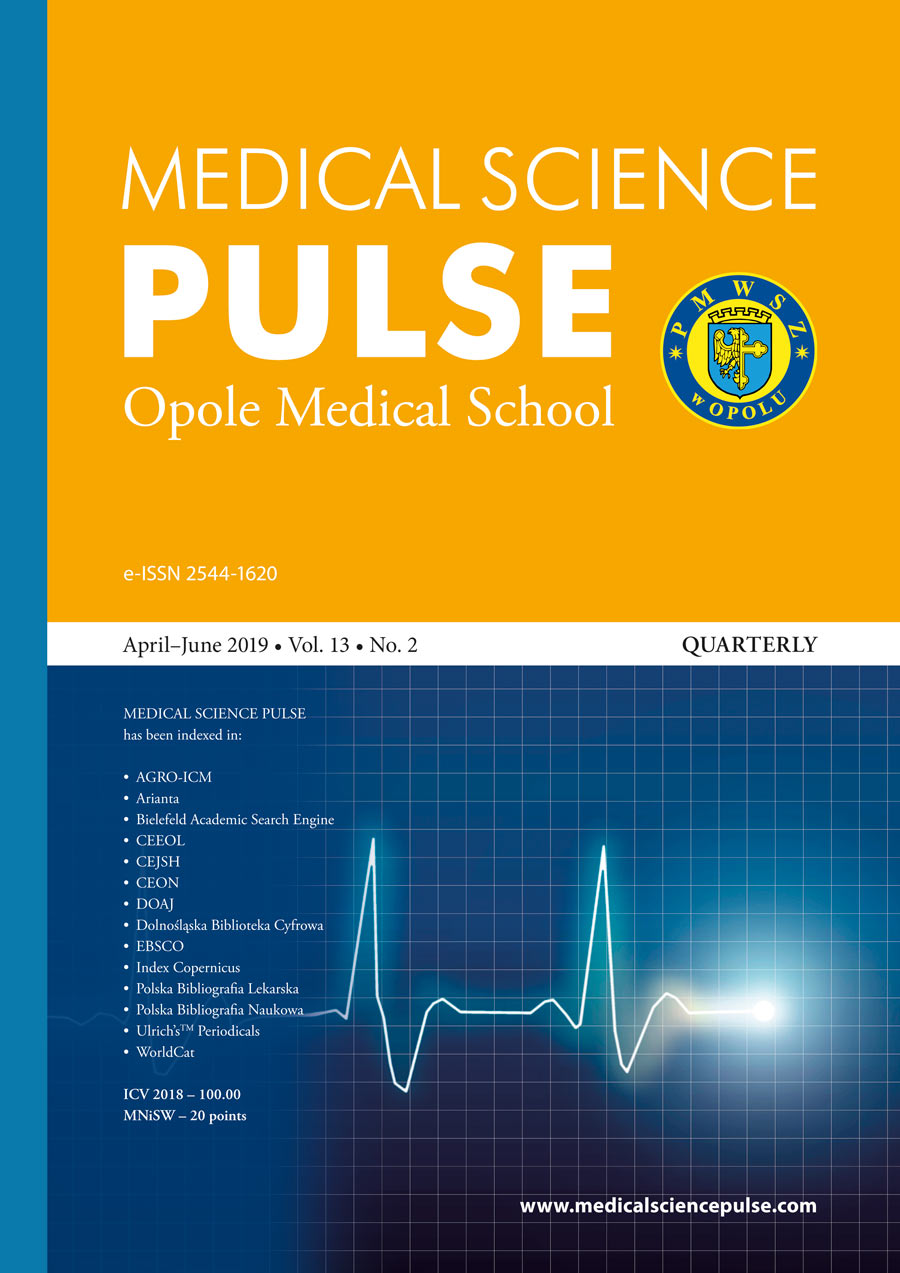Rehabilitation of patients with ischemic heart disease following myocardial revascularization
Rehabilitation of patients with ischemic heart disease following myocardial revascularization
Author(s): Roksolana NesterakSubject(s): Health and medicine and law
Published by: Państwowa Medyczna Wyższa Szkoła Zawodowa w Opolu
Keywords: ischemic heart disease; aortocoronary bypass; rehabilitation; suggestive therapy; inner picture of health
Summary/Abstract: Background: Rehabilitation of patients following myocardial revascularization remains major problem in today’s world. Through psychological support and training, it is possible to develop a positive attitude to health and illness, optimize an individual’s inner health perception, and improve a person’s self-image as healthy and their knowledge of how to maintain that health. Aim of the study: To examine new rehabilitation interventions for patients following myocardial revascularization. Material and methods: 60 patients were reviewed following myocardial revascularization, using clinicalanamnestic, instrumental methods, assessment of quality of life, cognitive therapy and physical rehabilitation. Rehabilitation of the patients was performed using the author’s program “Psychological rehabilitation of patients with ischemic heart disease and myocardial infarction by optimization of the inner picture of health”. Results: Training by optimization of the patients’ inner picture of health leads to a reduction in the manifestations of anxiety and depression, improves subjective and objective indicators, quality of life, and changes the patient’s attitude to illness. At the beginning of the observation period, there were subclinical signs of anxiety in the majority of patients, with an average score of 11.23±0.70. During the course of treatment, there was a decrease in the mean score of anxiety in the group receiving suggestive therapy of 7.58±0.69 (22.6%), and in the group using of optimization of IPH there was a decrease of 7.69±0.63 (30.8%). A reduction in manifestations of depression was found, from 8.89±0.64 at the beginning of treatment to 7.65±0.51 after 1 month of the treatment. For patients participating in the optimization of IPH program, the average score was 8.85±0.65 and 6.85±0.49, respectively. In terms of indices of quality of life, after 6 months an increase in most scales was noted. The use of suggestive therapy contributed to a gradual decrease in volumetric indices of LV EDV, from 135.61±10.66 cm3 at the beginning of the observation to 108.90±5.98. During the same period of observation, there was a decrease in the values of EDD and ESD and a significant increase in EF from 49.65±1.93% to 55.29±1.88. Conclusions: In order to maximize the benefits of rehabilitation, it is important to develop strategies for the optimization of the inner picture of health. A change in attitude to disease leads to an improved perception of the patient to health, motivation for treatment, and the need for active participation in rehabilitation interventions.
Journal: Medical Science Pulse
- Issue Year: 13/2019
- Issue No: 2
- Page Range: 6-10
- Page Count: 5
- Language: English

